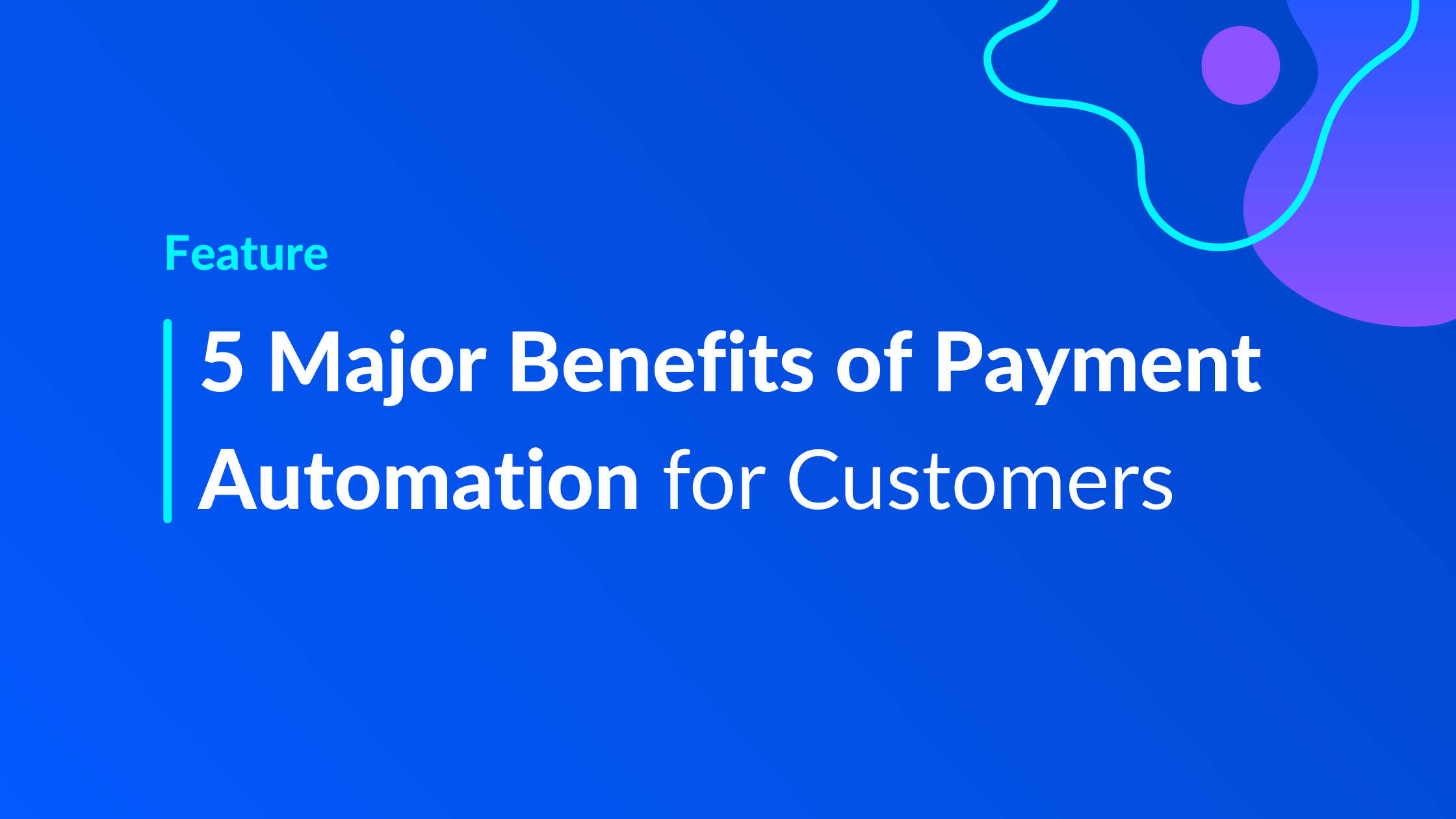What is an automated payment, anyway? A process wherein, e.g., money is sent electronically, somehow without any manual involvement at the time of such sending. These transactions can also be repeating, as well as one-time, and can be planned, i.e., scheduled as payments in advance. From the various utilities, payroll, etc., automation provides the smarter and safer route through which to move and manage finances. This article gives insight into what these systems do, their benefits, and some of the best practices by which to reap maximum advantage from them. Have you ever wondered just what an automatic payment is, how secure these payments are, or how to set one up? Then keep on reading; we’ll also take a look at essential components, common platforms, and frequently asked questions.
How Automated Payment Systems Work
Think of a payments system as a digital pipeline; when a user wishes to initiate a transaction, he does so digitally, for example, via online banking, a mobile app, or a company portal. That request goes through a Automated Payment Systems, which serves as the bridge between the merchant and the financial institution.
The request gets verified and then passed on to a processor, where funds are either approved to be transferred or held via established banking networks. In the end, that money gets deposited into the account of the receiver. All this happens within seconds, with no one writing any checks or physically going to a bank.
The back-end workings of a payments system involve:
- Initiating a transaction by way of card, bank account, or wallet
- Security through encryption
- Validation at the processor end
- Approval and movement of funds
- Digital receipts and confirmations
All these layers guarantee the complete speed, accuracy, and security of the system.
Types of Automated Systems
Type | Functionality |
ACH Transfers | Process bulk direct deposits and bill payments in the U.S. |
Direct Debit | Pull funds from a customer account with an approved prior arrangement |
Mobile Wallets | Payments on the go using contactless or QR code |
Credit/Debit Cards | A common way of transacting online or offline |
Recurring Subscriptions | Automate monthly services like streaming or memberships |
Cryptocurrency- Peer-to-Peer | Transactions using Blockchain Technology |
Point of Sale Devices | Retail checkout tools that connect to payment gateways |
Each one serves different use stores, starting from online subscriptions and going through purchases in a physical store.
Key Components of the System
What really makes an Automated Payment Systems reliable and scalable? Important parts analysis follows here:
- Gateways: Facilitate Transfer of Payment Data
- Processors: Verify Transaction Legitimacy
- Bank Network: Fund Routing between Institutions
- Merchant Account: Fund Holding before Deposit
- Security: Encrypting and Tokenizing Data Protection
- Authentication: with Passwords, Biometric Information, or Codes
- Receipt and Log: Auditing and Tracking Record-Keeping
These layers are meant for fraud prevention, to quicken the process of reconciliation, and ensure compliance with industry standards.
Benefits of Automated Payments
Automated pay systems have different specific advantages for either individuals or businesses:
- Speed: No waiting while immediately doing the transaction or at a scheduled time.
- Accuracy: Very low probability of human error.
- Security: Multi-layered prevention against data breaches.
- Convenience: No missed deadlines anymore.
- Efficiency: Reduces the amount of manual work required by finance teams.
- Scalability: Works for start-ups as well as for truly global enterprises.
- Cost Savings: Transactions are cheaper than paper checks or wire transfers.
- Transparency: Offers real-time tracking for improved financial visibility.
The outcome? An efficient process, allowing your team to spend time growing, not slaving.
Best Practices to Follow
To maximize your automated accounts payable solutions, consider the following tips:
1. Integrate with an Accounting Tool
Sync with QuickBooks or Xero for bi-directional updates.
2. Perform Regular Audits
Check for failed transactions, duplicates, or unauthorized access.
3. Enable Two-Factor Authentication
Layer up verification for every login.
4 . Restrict Access Based on Roles
Let permissions only be granted for those needing privileges.
5. Pick an Appropriate Service Provider
Know what payment gateway suits your industry, may it be selling digital goods, retail products, or subscriptions.
6. Make Your Employees Aware
Train employees on the usage protocols, how to spot potential fraud, and escalation pathways.
7 . Automate Reporting
Automate report generation on a monthly or bi-weekly basis for monitoring trends and spotting anomalies.
Use Cases and Real-World Examples
The cloud-based automated accounts payable systems allow generating automated AP solution lists, based on invoice approval by a knowledgeable employee, for authorized payments to occur when the due date is reached. This means that bottlenecks are reduced. This preferential treatment makes the suppliers trustworthy.
Take, for instance, the customer who always walks into the gym and signs up for the membership. He is asked to enter his card details once. Subsequently, his account is debited every month without the need for any other interaction. This is a highly practical illustration of automating payments for convenience and retention.
Automated Payment Systems in Finance Teams
One of the most powerful game-changers within the automation of the accounts payable process. Businesses can greatly benefit from rules for invoice approvals, due dates, and vendor categories that reduce the need for manual entry. This results in time-saving, enhances compliance, and lowers the risk of fraud.
Automated payments could also be automated across marketing, HR, and operations departments, while maintaining centralized control and decentralized execution. This flexibility is necessary in scaling operations without scaling the administrative burden.
Using automated AP solutions, the finance team goes from processing to strategic leadership. There is a shift from data entry to analysis, driving greater efficiency for the organization.
Getting Started
For newcomers, starting with step-wise implementation is advisable. Consider adopting a service that can Automated Payment Systems for things like recurring vendor bills or employee reimbursements. Then scale it up.
The right software should automate AP processes while ensuring user control and transparency, as simply thinking faster and spending more isn’t enough.
Provider queries include the following:
- Integration simplicity?
- Does it handle foreign currency payments?
- Will it be able to grow with your company?
- Can it provide informative information?
- All this ensures that you now have it covered for the future.
Conclusion
Gone are the days when digitization was an option; it has become a necessity. Be it individuals with subscriptions or businesses dealing with global vendors, automated payment processes form the backbone of modern money movement. Knowing about them and having the right tools are of great importance.
So, the next time someone poses the question, What is an automatic payment, you will have the complete definition along with an understanding of how it works in optimizing time, cost, and accuracy. Whether you want to aAutomated Payment Systems, enhance your payment system, or modernize the way in which your team handles bills, automating everything is the way of the future.
Faqs
What is an Automated Payment Systems?
Automated Payment Systems are payments that are scheduled to repeat regularly every month, i.e., the monthly phone bill.
What is Automated Payment Systems debit?
Auto debit means taking funds from your account without any manual input each time by an authorized company.
What is accounts payable automation?
Accounts payable automation is the digital processing of bills, approving them, and making payments, with less paperwork and delays.
What is bill pay?
Bill pay is a service that allows you to schedule payments to vendors or utility providers from your bank account.
What time do automatic payments occur?
The time Automated Payment Systems go through depends on the processor, with most occurring overnight or during early banking hours, although not consistently.





